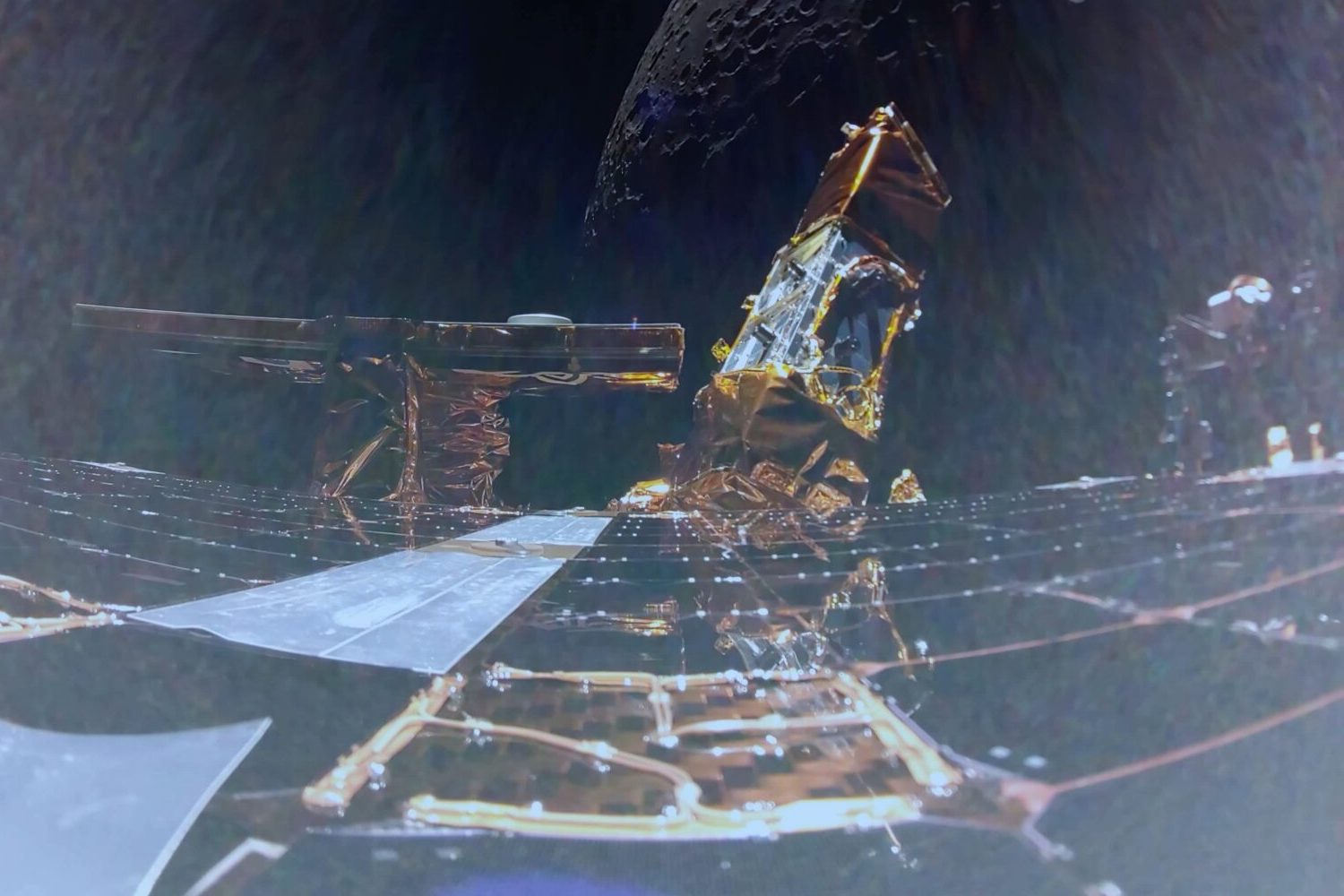
Firefly Aerospace’s Blue Ghost Nears Lunar Destination
Launch and Trajectory
Firefly Aerospace’s private lunar lander, Blue Ghost, launched on January 15th from the Kennedy Space Center. Instead of a direct flight to the Moon, the lander embarked on a circuitous journey, spending several weeks in Earth orbit to adjust its trajectory and conserve fuel.
Engine Burn and Orbital Maneuver
On February 18th, Blue Ghost successfully fired its engines, marking a significant milestone in its mission. The three-minute and 18-second burn maneuvered the lander from a high elliptical orbit to a lower orbit 75 miles above the Moon’s surface. This adjustment brought Blue Ghost closer to its intended landing site while also providing the opportunity to capture new lunar imagery.
Temporary Communication Blackout
The orbital change, while necessary for the upcoming landing attempt, introduces a downside: temporary communication blackouts between Blue Ghost and its mission controllers in Texas. These intervals will occur when the lander passes behind the Moon and Earth’s horizon, blocking radio signals.
Calibration and Instrumentation
The 45-day journey between Earth and the Moon provided Firefly engineers time to calibrate Blue Ghost’s onboard instruments. These include:
- Heat flow sensor to measure heat radiating from the Moon’s interior
- Magnetometer and electric field sensor to study surface magnetic and electrical fields
- Spectrometer to analyze the chemical composition of lunar soil
The mission also aims to test technologies that could aid NASA’s Artemis missions, which seek to return astronauts to the Moon.
Planned Landing and Science Objectives
Blue Ghost is scheduled to land on March 2nd in Mare Crisium, an ancient asteroid impact basin filled with basaltic lava. The lander’s instruments will commence scientific investigations, including:
- Analyzing heat flow to understand the Moon’s internal structure
- Mapping magnetic and electric fields to study the lunar crust’s composition
- Examining lunar soil to identify minerals and resources
Competition in the Private Moon Race
Blue Ghost joins a growing number of private ventures vying to land on the Moon. Recent attempts have met with mixed results:
- ispace’s Hakuto-R M1 lander crashed during its landing attempt in 2023.
- Astrobotic’s Peregrine suffered a catastrophic failure during launch in 2024.
- Intuitive Machines’ Odysseus succeeded in landing but sustained a broken leg.
Upcoming Lunar Missions
Blue Ghost’s successful landing would mark a significant achievement in the private space industry. However, the competition is far from over:
- ispace plans to launch its Resilience lander in May or June, carrying the Tenacious rover.
- Intuitive Machines is preparing for another mission that could launch next week, featuring a hopping robot.
- NASA’s Artemis 1 mission, scheduled for April 2023, will send an uncrewed Orion spacecraft to lunar orbit.
The race to explore and exploit the Moon continues, with both private companies and government agencies playing key roles. The successful landing of Blue Ghost would not only expand our scientific understanding but also pave the way for future human missions to the Moon and beyond.
